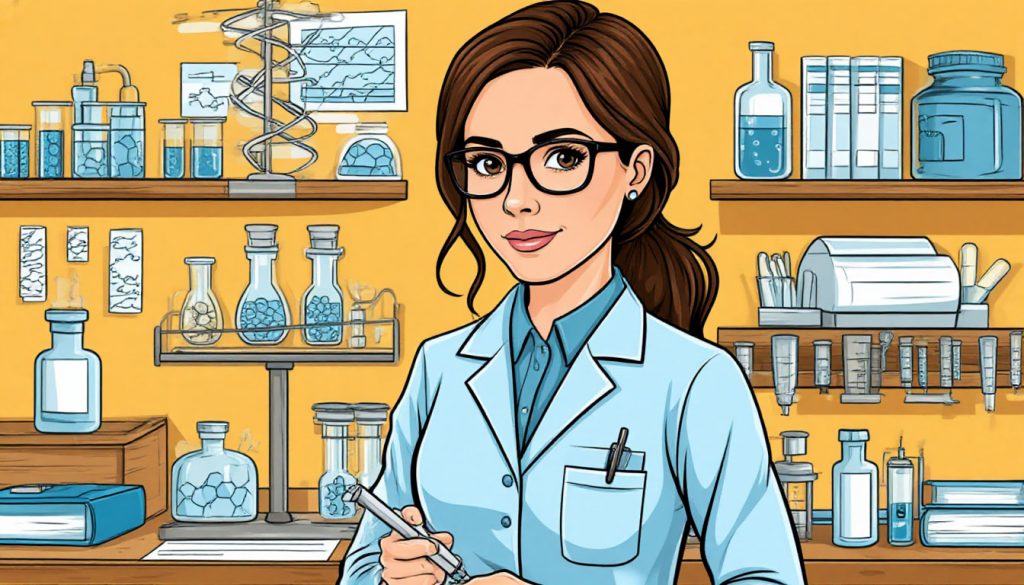Genetics is the science that studies genes, DNA, and heredity—how traits are passed from one generation to the next. It is one of the most important fields in modern biology, helping us understand everything from eye color and inherited diseases to the origins of species and even potential cures for genetic disorders.
What Are Genes?
Genes are segments of DNA (deoxyribonucleic acid) that contain the instructions for building and operating living organisms. They act like a biological code that determines traits such as:
- Hair and eye color
- Blood type
- Height
- Risk of certain diseases
Each gene has a specific function, like controlling how a protein is made in your body. These proteins are essential for growth, repair, and daily functions.
DNA and the Genetic Code
DNA is structured like a twisted ladder, called a double helix. The rungs of the ladder are made from pairs of four chemical bases:
- Adenine (A)
- Thymine (T)
- Cytosine (C)
- Guanine (G)
These bases pair as A-T and C-G. The order of these bases forms your genetic code—a sequence that tells cells what to do.
Chromosomes and Inheritance
Inside most cells, DNA is packaged into structures called chromosomes. Humans have 23 pairs of chromosomes—46 in total—half inherited from each parent.
The combination of genes from both parents determines the unique traits of a child. Some traits are dominant, meaning they only need one copy to be expressed, while others are recessive, requiring two copies.
What Is Heredity?
Heredity is the process by which genetic traits are passed from parents to offspring. This explains why children often resemble their parents or grandparents.
Important terms:
- Genotype: The actual genetic makeup (e.g., AA, Aa, or aa)
- Phenotype: The observable traits (e.g., brown eyes or blue eyes)
Applications of Genetics
Genetics has real-world impact in many fields:
- Medicine: Understanding genetic disorders like cystic fibrosis or Huntington’s disease
- Agriculture: Creating crops that resist pests and produce more food
- Ancestry testing: Discovering family roots using DNA
- Gene therapy: Treating or curing diseases by repairing faulty genes
- Forensics: Using DNA to solve crimes and identify people
Modern Advances in Genetics
Recent breakthroughs include:
- CRISPR: A powerful tool that allows scientists to “edit” genes with precision
- Genomic sequencing: Reading the entire DNA sequence of an individual
- Personalized medicine: Tailoring treatments to a person’s genetic makeup
These advances promise to revolutionize how we approach health, biology, and even evolution.
Ethical Considerations
While genetics holds great promise, it also raises ethical questions:
- Should we edit human embryos?
- Who owns genetic information?
- How do we protect privacy in genetic databases?
Balancing progress with responsibility is essential in this rapidly evolving field.
Conclusion
Genetics is the foundation of life. It explains how traits are passed down, how organisms function, and how science can fight disease and improve health. As our understanding deepens, genetics will continue to reshape medicine, agriculture, and our view of what it means to be human.
Glossary
- Gene: A segment of DNA that carries instructions for making proteins
- DNA: The molecule that contains genetic information
- Chromosome: A structure that holds many genes
- Genotype: A person’s actual gene combination
- Phenotype: A person’s observable traits
- CRISPR: A gene-editing technology


